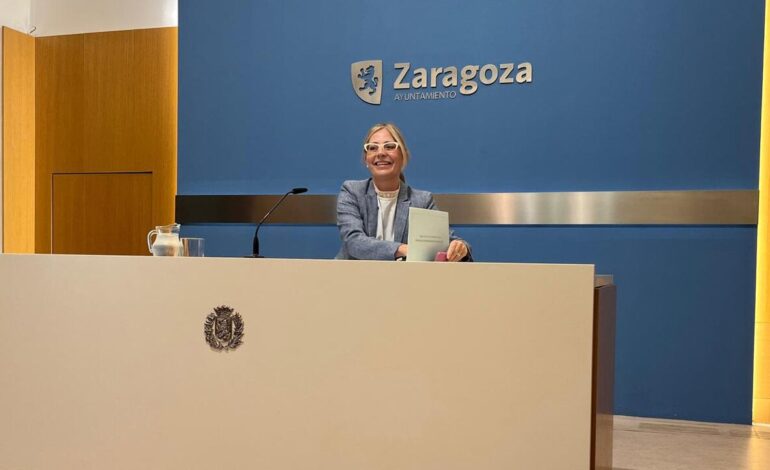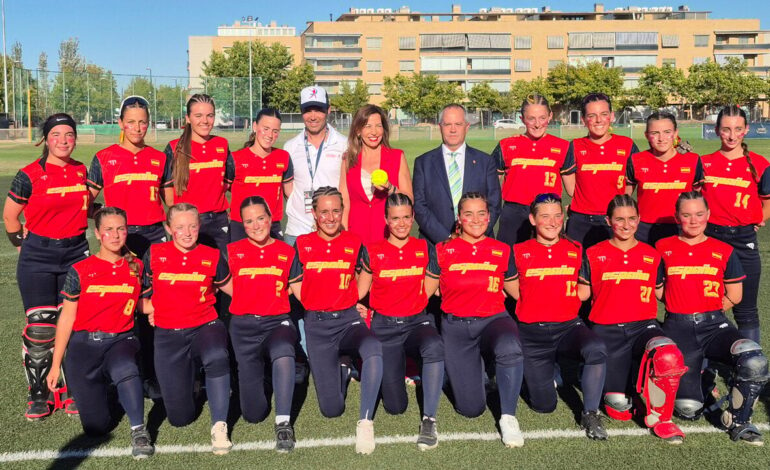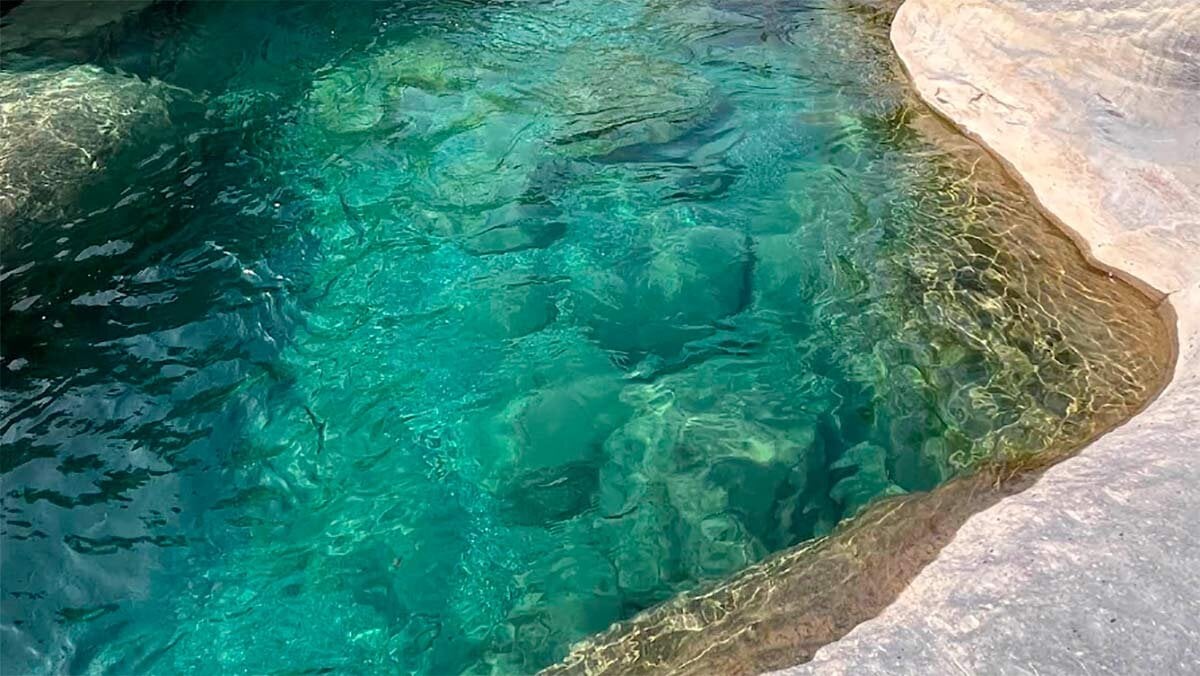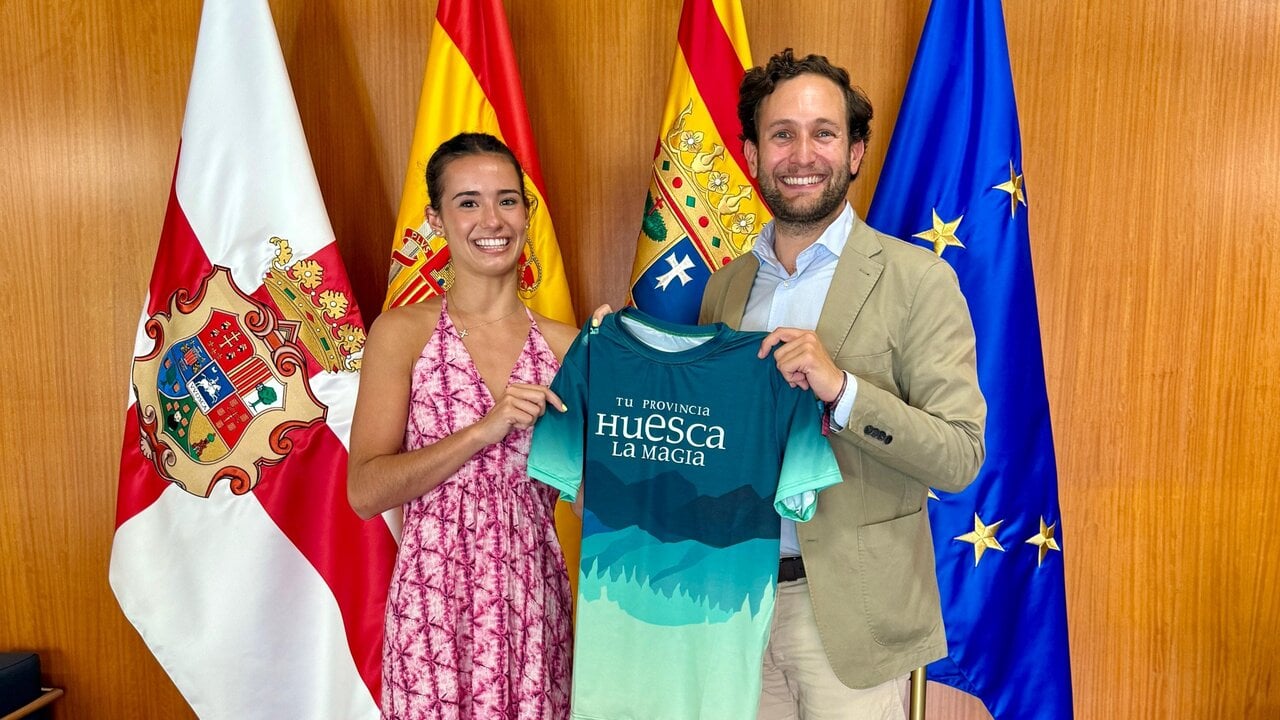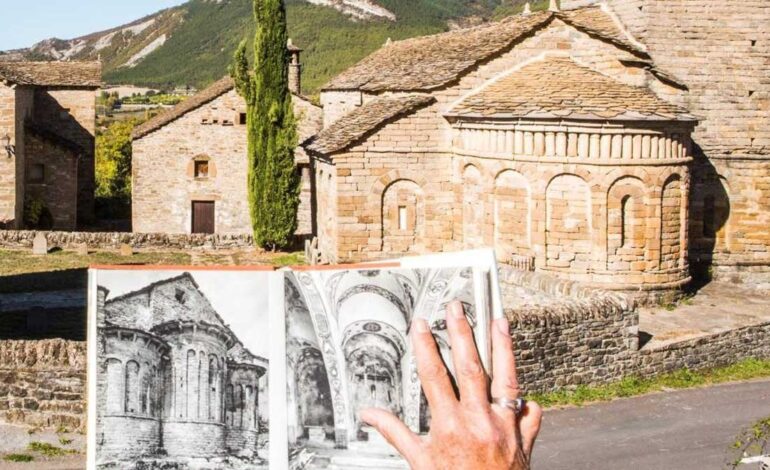
Cyclists arrive in this town of Huesca through the breakthrough, but they stay for their museums and nature
Cycling tourism in Spain Live an unstoppable boom. More and more travelers seek to pedal on mountain routes, conquer mythical ports and enjoy destinations prepared for those who love the bicycle. In it Pyrenees Aragonese, this type of tourism finds one of its great temples: a privileged natural environment, spectacular roads and a cycling culture that is breathed throughout the year.
In the province of Huesca, Sabiñánigo is the headquarters of the famous Osprey. Every June, more than 11,000 cyclists reach this Pyrenean town, but many discover that there is much more than cycling: unique, romantic Romanesque museums, interpretation centers, local gastronomy and nature in abundance. An ideal destination to combine sports, culture and disconnection.
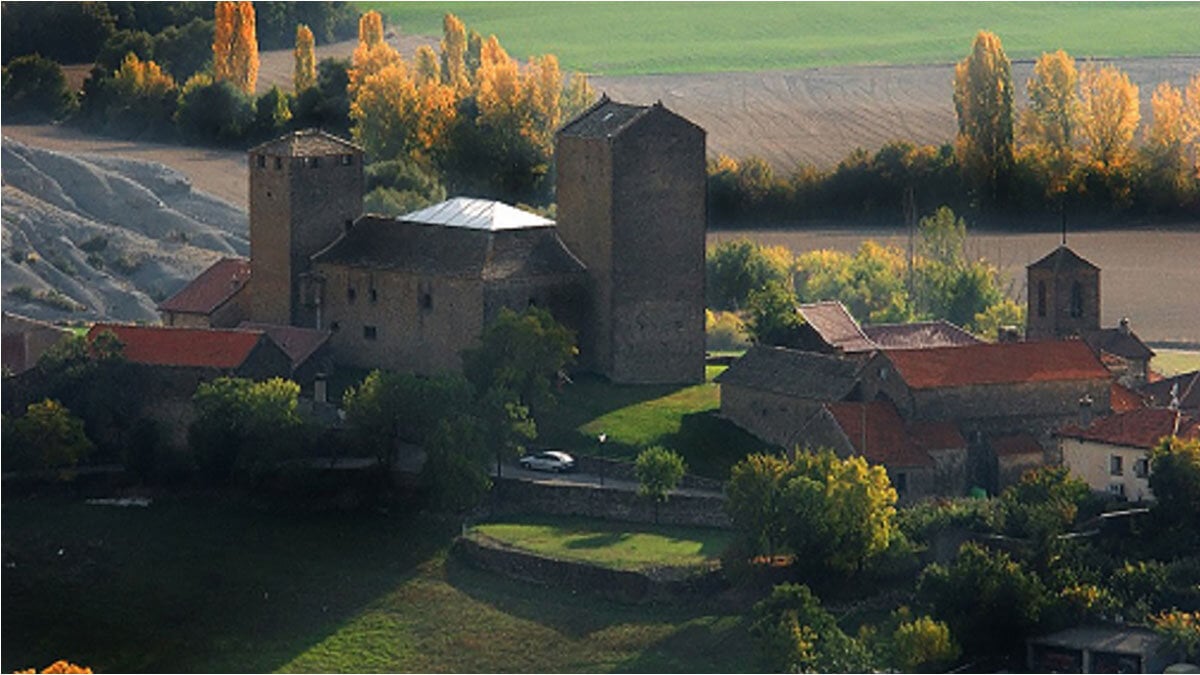
The town is located in a privileged environment. Photo: Aragon Tourism
The breakthrough
What to do and what to do in Sabiñánigo
The breakthrough
The quasbranthuesos is the most emblematic cycling march in Spain and one of the most recognized in Europe. It is celebrated every June with departure and arrival in Sabiñánigo, and congregates more than 11,000 cyclists from all over the world. Its 200-kilometer route crosses the Aragonese and French Pyrenees, including mythical ports such as Somport, Marie-Blanque, Portalet and Hoz de Jaca.
In addition to its sporting value, the event has a huge impact on the city. During that weekend, Sabiñánigo transforms into a real cycling party, with sports fair, international atmosphere and thousands of visitors. Logistics and organization are as impeccable as the landscape that participants are going through, which makes the breakthroughs a local pride.
The registration price for the breakthrough is around 90 to 108 euros according to modality and conditions. The event congregates more than 11,000 cyclists and has a direct economic impact of more than 17 million euros in the area. Appeal points, mechanical assistance, and route controls are enabled. The delivery of medals is held on Saturday afternoon, with a festive atmosphere and large influx of public. It is one of the great cycling quotes of the continent.
What to do and what to do in Sabiñánigo
In addition to cycling, the municipality offers a wide variety of cultural and natural proposals for those who wonder what to do and what to do in Sabiñánigo during their visit.
Julio Gavín Drawing Museum – Larrés Castle
Located in the Medieval Castle of Larrés, a town belonging to the municipality of Sabiñánigo, this museum is unique in Spain. It is dedicated exclusively to the art of drawing, with a collection of more than 4,500 works by contemporary artists such as Salvador Dalí, Eduardo Arroyo or Saura. Since its opening, it has established itself as a national reference in the artistic field.
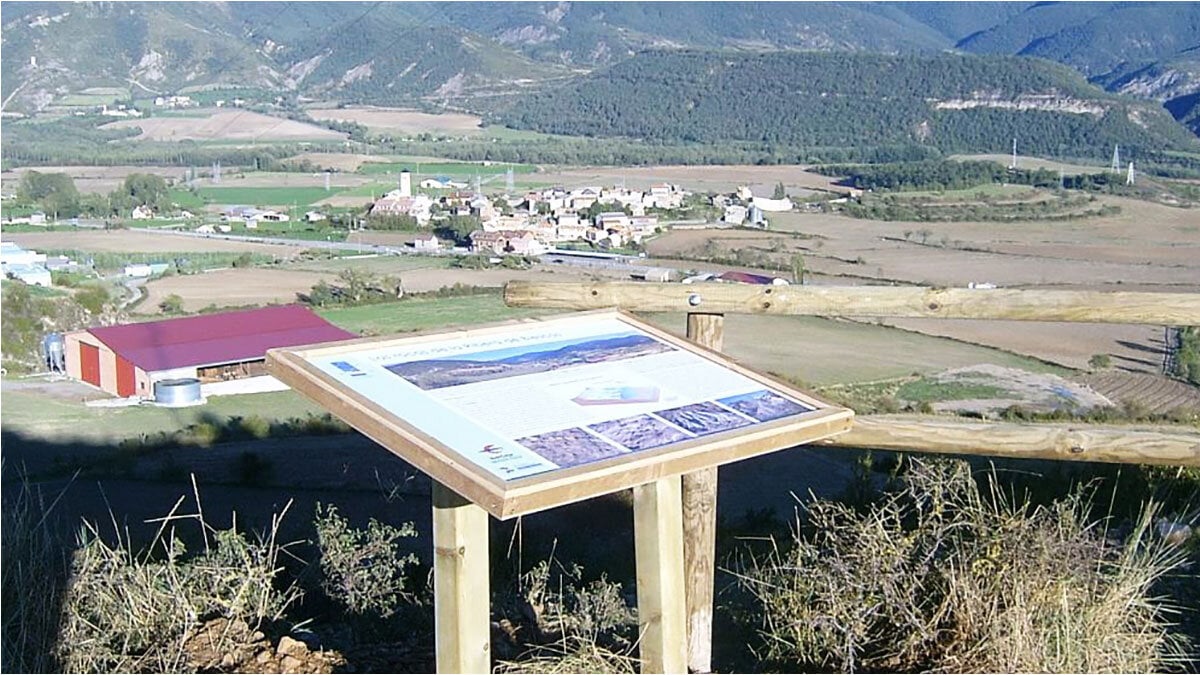
The municipality offers a wide variety of proposals. Photo: Aragon Tourism
In addition to the value of the works, the museum stands out for the environment: the rooms are integrated into the castle itself, restored with respect to its original structure. Spectacular views of the Pyrenees are enjoyed from its windows, which makes the visit an experience that combines art, history and landscape.
The Julio Gavín Drawing Museum, located in the Medieval Castle of Larrés, opens in summer every day, from 10.00 to 14.00 and from 16.30 to 20.30. During the rest of the year (September to June), the schedule is from Tuesday to Saturday, from 10 am to 13.30 and from 4 pm to 7 pm, and on Sundays only in the morning. It remains closed on Mondays, the month of February and holidays such as January 1 or Christmas. The general ticket costs 5 euros, while children up to 8 years do not pay. For large groups, the price is reduced to 4 euros per person.
Churches of the Serrablo
This set of pre -Romanesque and Mozarabic churches, distributed by small nuclei from the Sabiñánigo surroundings, constitutes one of the most unique heritage jewels of Aragon. They were built between the 10th and XI centuries and present their own style, with the bell tower of Lombard influence and decoration of blind archite. The most prominent is the church of San Pedro de Lárredo, considered the group’s reference model.
The route through the churches of the Serrablo allows to discover temples such as those of Isún, Susin, San Juan de Busa or Oliván. They are perfectly integrated into the Pyrenean landscape, which makes the visit to a leisurely and charming trip. Thanks to the work of the Serrablo’s Friends Association, many of these churches have been restored and valued as an essential part of the Aragonese heritage.
Angel Orensanz and Serrablo Arts Museum
This ethnological museum is located in a traditional house of the Sabiñánigo bridge and allows us to know what life was like in the Pyrenees before modernization. Open since 1979, it includes objects for daily use, tools, furniture, clothing and decorative elements that fidelity show the customs of the area.
The museum’s approach is didactic and emotional: more than a simple collection, seeks to recreate the atmosphere of an era. Thanks to its authenticity, it has become an essential stop for those who wish to understand the rural soul of Alto Aragón. It is managed by the Friends of Serrablo association, which also promotes the conservation of the local Romanesque.
The Ángel Orensanz Museum, located in an old traditional house of the Sabiñánigo bridge, opens from Tuesday to Sunday, from 10 am to 13.30 and from 3 pm to 18.30. In summer (from July 7 to August 31), the schedule is extended until 20.00. Close on Mondays and holidays such as December 25, January 1, July 25 and the afternoons of December 24 and 31.
The ticket price is 4 euros for adults and 2 euros for children between 8 and 16 years old, while children under 8 access free. For school groups, the price is 1 to 1.50 euros, and group adults pay 3 euros. Guided visits, which must be reserved, cost 5 euros per person or 3.50 for schoolchildren.
Glaciers Interpretation Center (Senegüé)
In the town of Senegüé, very close to Sabiñánigo, is this center that clearly and visually explains how glaciers have modeled the Pyrenean landscape. Through panels, models and interactive images, the history of glaciers in Aragon and the geological processes that have shaped valleys, ibones and moraines are detailed.
It is a highly recommended space to visit as a family or as a complement to hiking routes throughout the valley. In addition to its informative value, the center allows to become aware of the current glacier setback and the importance of preserving these unique environments in the face of climate change.
The center opens mainly in tourist season, especially in Easter week and summer. In April 2025, he was open on the days17,18,19 and 20 of April, from 11.00 to 14.00 and 5:00 p.m. to 8:00 p.m. During the months of July and August, it remains open on Thursdays, Fridays and Saturdays with that same time.
As for visits, free and guided visit is offered. Guided visits combine a tour of the center and the Morana, with exits at 12.15 and 18.15, while free visits can be made at 11.00 and 17.00.
The rates for 2025 are the following: Guided visits for over 16 years, 5euros; From 8 to 16 years, 3.50euros. The free visit costs 4euros (adults) and 2euros (8–16 years), while children under 8 years enter free. Group rates are reduced to 3euros per adult and 1.50euros per school.
RALLA DE RAPUN
The Ralla de Rapún is one of the most complete and demanding of the BTT Pyroineos Alto Gállego space, a referent of the MTB in the Aragonese Pyrenees. Part of the Pirearium parking, in Puente de Sabiñánigo, and covers a circular route of 22 kilometers with 450 meters of unevenness, crossing villages such as Ibort and Rapún between forest tracks, gullies, stony trails and high mountain landscapes.
Its access is easy from the center of Sabiñánigo and has specific signage and parking area. This BTT route in Sabiñánigo is designed for experienced cyclists, since it combines cyclable sections with more technical ones that require pushing the bike. It is perfect for those looking for mountain bike routes in Aragon with spectacular views and demanding route.
How to get to Sabiñánigo
From Saragossa
The fastest way to get to Sabiñánigo from Zaragoza is by car on the A-23 highway. The route lasts about 1 hour and 20 minutes and the bus takes approximately 1 h 50 min and costs from 13 euros.
From Huesca
From Huesca, access to Sabiñánigo is very comfortable for the A-23, in the north direction. The car journey is barely 45 minutes, and the road is wide and well marked.
Sabiñanigo’s train to Huesca usually takes an approximate time of 1 hour 30 minutes, with several daily frequencies.
From Teruel
The most practical option by car is to take the A-23 to Zaragoza, then continue on the same way in the direction of Huesca and finally to Sabiñánigo. The full -running route is approximately 2 hours and 50 minutes.

